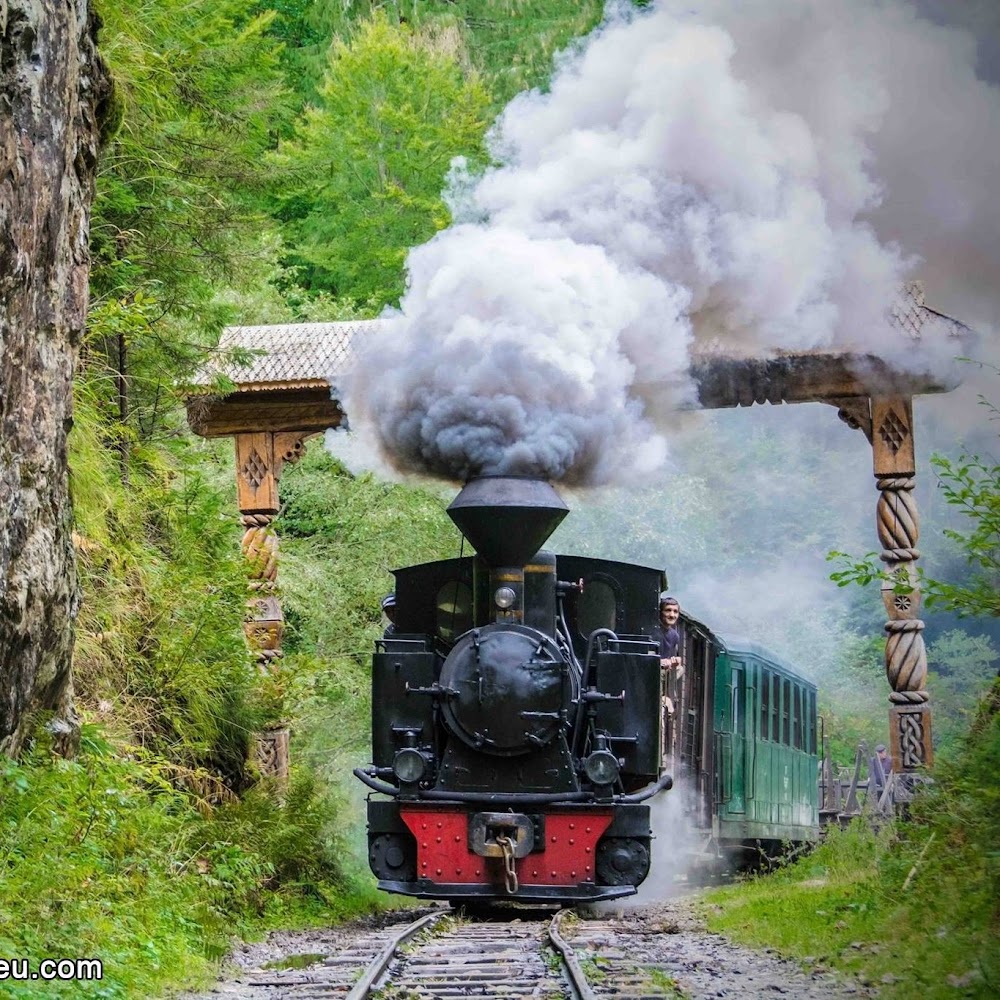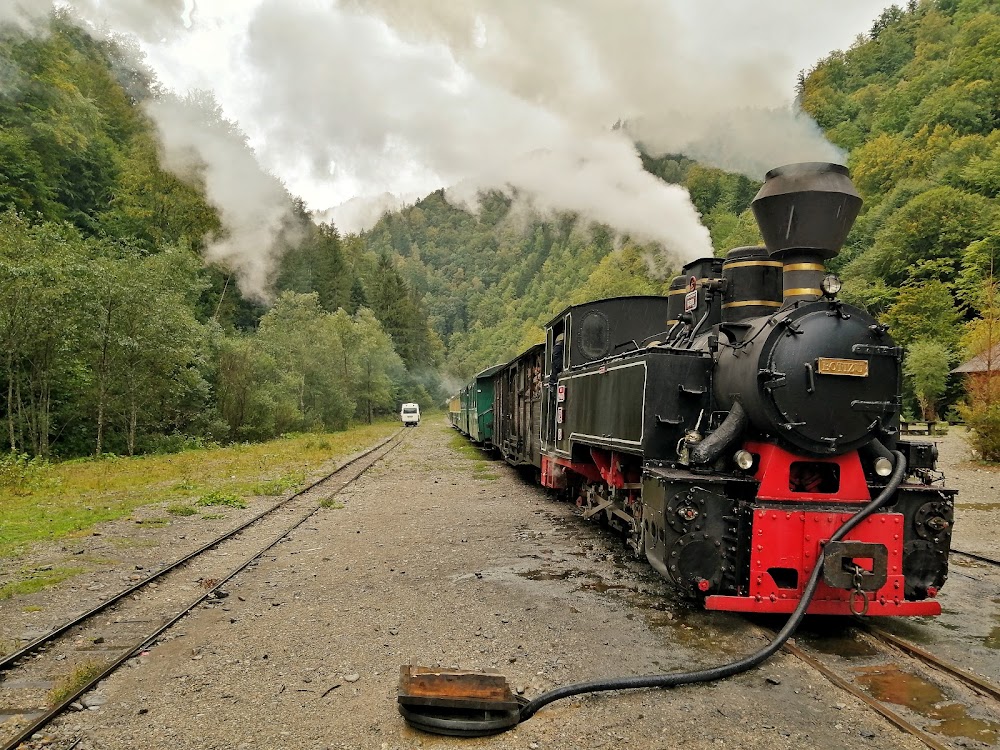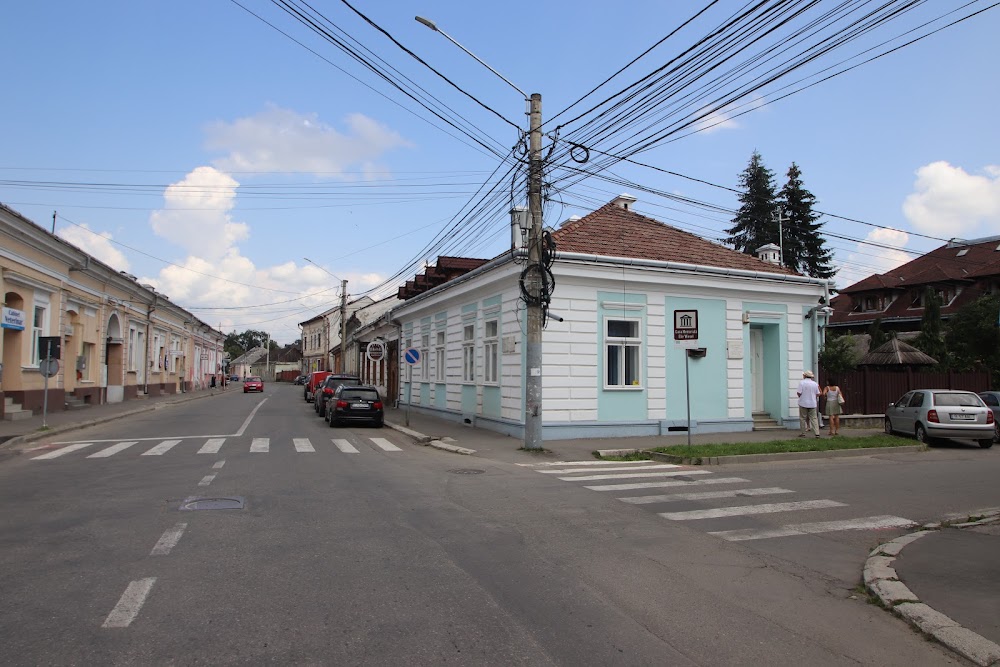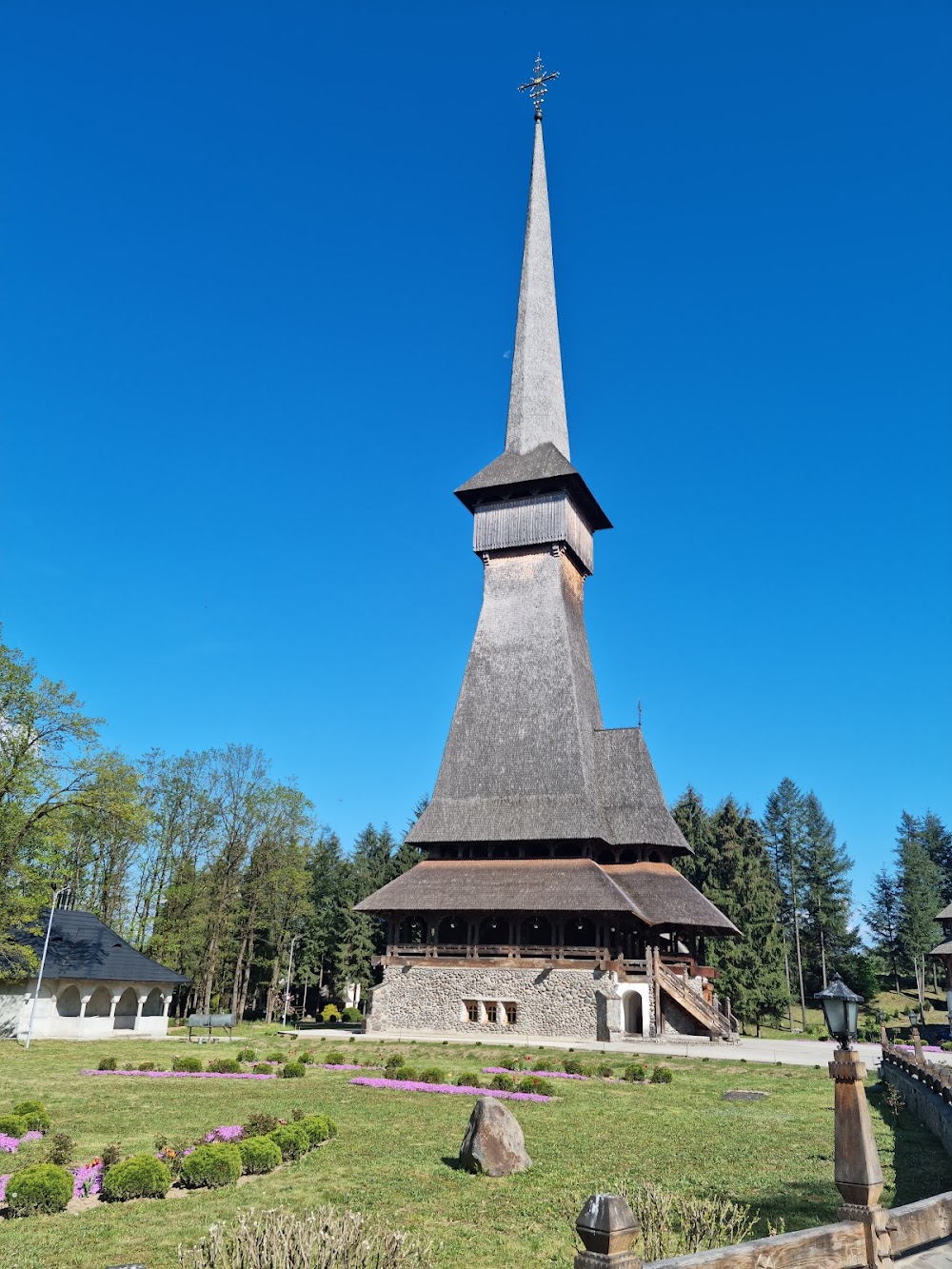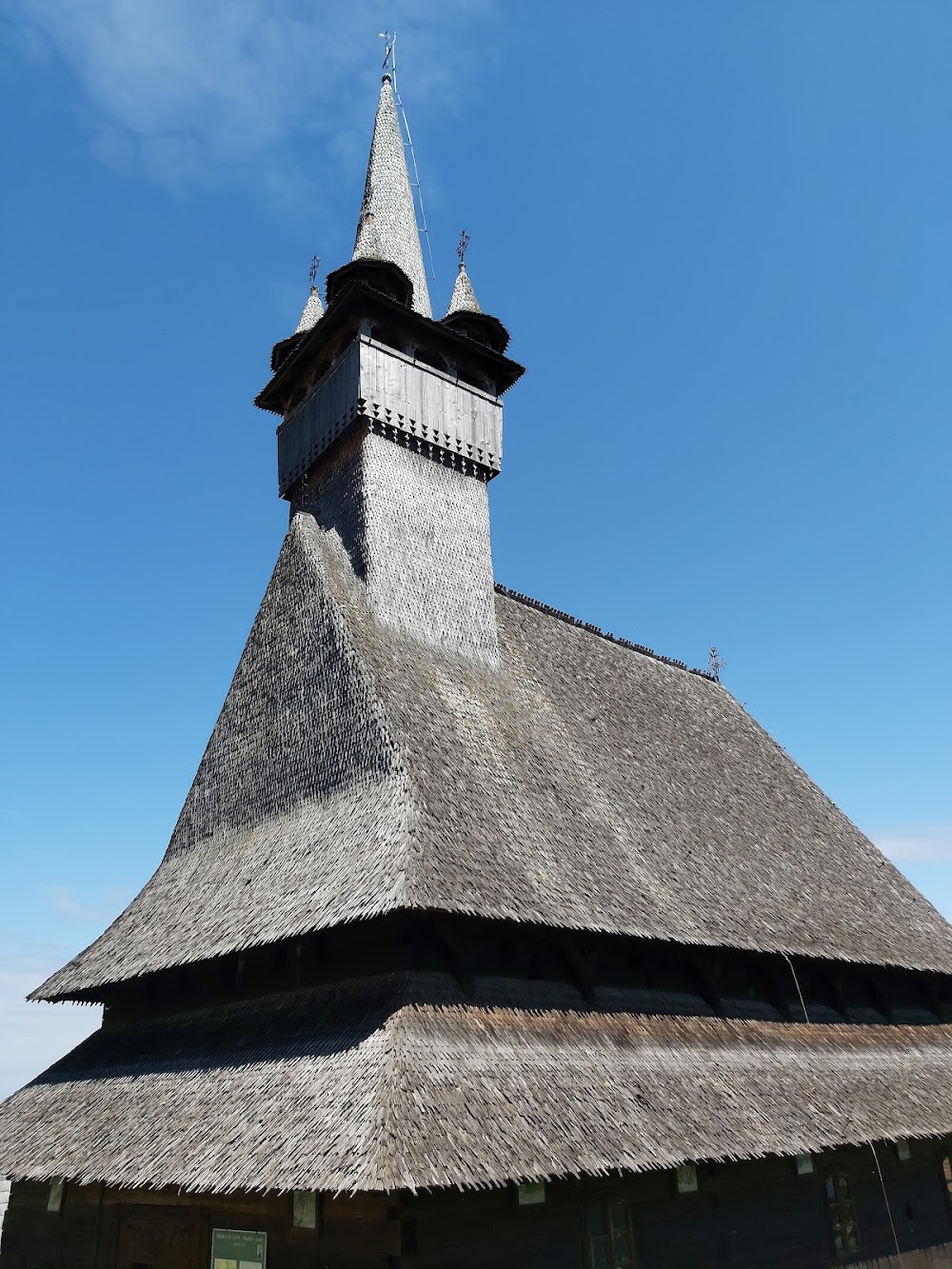Mocănița Steam Train (Mocănița)
Overview
In the enchanting region of Maramureș County, Romania, the **Mocănița steam train** stands as a living relic of history and engineering. This picturesque narrow-gauge railway winds its way through the stunning backdrop of the Carpathian Mountains, becoming a cherished symbol of the region's rich cultural heritage.
The origins of the **Mocănița** date back to the early 20th century, when it was constructed primarily for transporting timber from the dense forests of the Vaser Valley. As the logging industry flourished, the need for an efficient transportation system arose. In 1932, the railway was built under the influence of the Austro-Hungarian Empire, playing a crucial role in the economic development of Maramureș by ensuring the smooth transport of wood to sawmills and factories.
Constructing the **Mocănița** was a remarkable feat of engineering for its time. Workers carved the railway line through rugged terrain, overcoming natural obstacles like rivers and mountains. The narrow-gauge tracks, only 760 mm wide, allowed for sharper turns, making them highly adaptable to the mountainous landscape. Small yet powerful steam locomotives were specifically designed to navigate these challenging routes, with tight curves and steep gradients.
As modern transportation methods emerged, the original purpose of the **Mocănița** began to fade. However, the train's charm and historical value captured the hearts of locals and visitors alike. Recognizing its significance, efforts were made to preserve the railway and its steam engines. Restoration projects were initiated to maintain the tracks and refurbish the aging locomotives, ensuring that this historical treasure could continue to operate.
Today, the **Mocănița Maramureș** serves not only as a functioning train but also as a popular tourist attraction. The journey offers a nostalgic glimpse into the past, as passengers board vintage train cars and wind through the scenic Vaser Valley. The experience is enhanced by the rhythmic chugging of the steam engine, the billowing plumes of smoke, and breathtaking views of untouched forests, rustic villages, and sparkling rivers.
The train departs from the station in **Vișeu de Sus**, a quaint town that serves as the starting point for this unforgettable journey. The trip can vary in length, with some routes lasting a few hours while others span an entire day. Passengers can stop at traditional Romanian villages along the way, exploring local crafts, cuisines, and customs. Throughout the years, the journey on the **Mocănița** has remained true to its origins, featuring wooden carriages fitted for passengers and an open-air option for an immersive experience amidst the valley's fresh air.
Preserving the **Mocănița** involves more than just maintaining the physical tracks and locomotives; it requires keeping the rich history and tradition alive. Dedicated staff and volunteers continue this legacy, operating the train and sharing its stories. Each journey offers a deep and engaging narrative of the **Mocănița's** past and present.
Moreover, the railway has significantly boosted the local economy by attracting tourists from around the globe. Visitors often leave with lasting memories of this unique travel experience, describing it as a journey back in time. This influx of tourism has fostered the growth of service industries, such as hotels, restaurants, and craft shops in the area, creating a positive cycle of economic and cultural revitalization.
The preservation of the **Mocănița Maramureș** exemplifies a successful blend of history, culture, and nature. What began as a practical solution for the logging industry has now transformed into a beloved heritage attraction. This enduring symbol of Maramureș County invites travelers to explore Romania's past while savoring the simple pleasures of a steam train ride through one of the country's most beautiful landscapes.


